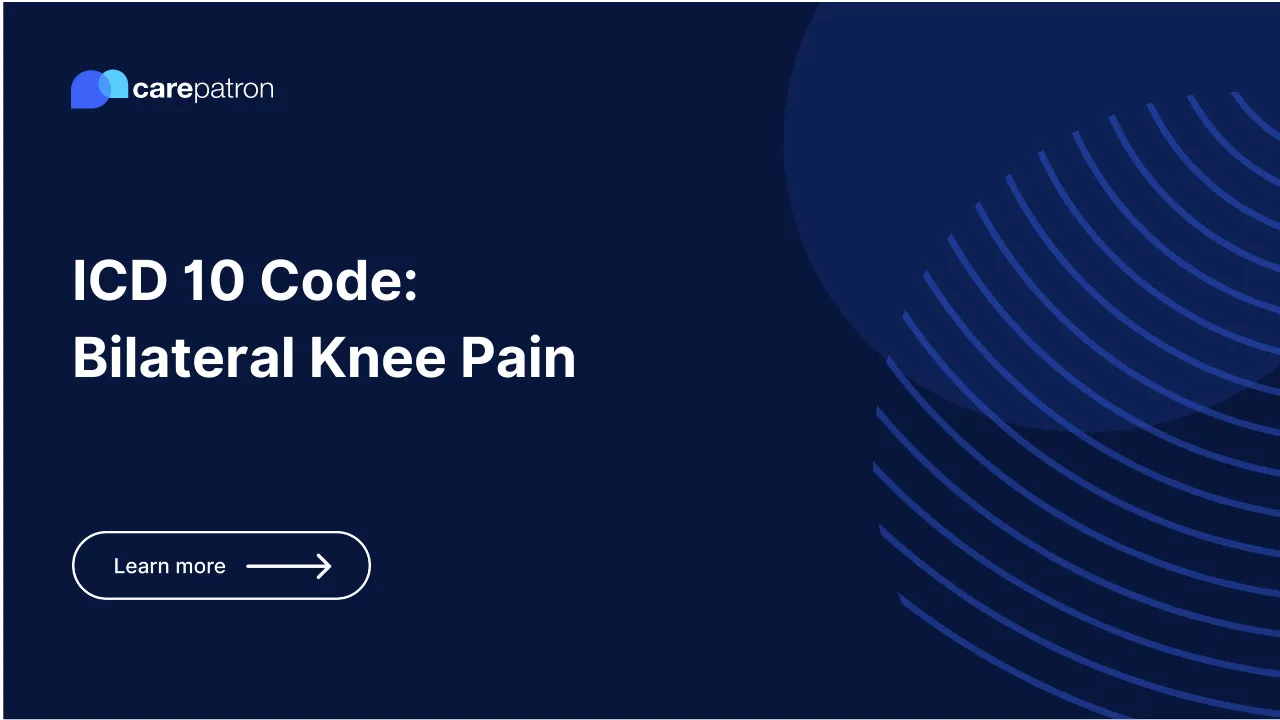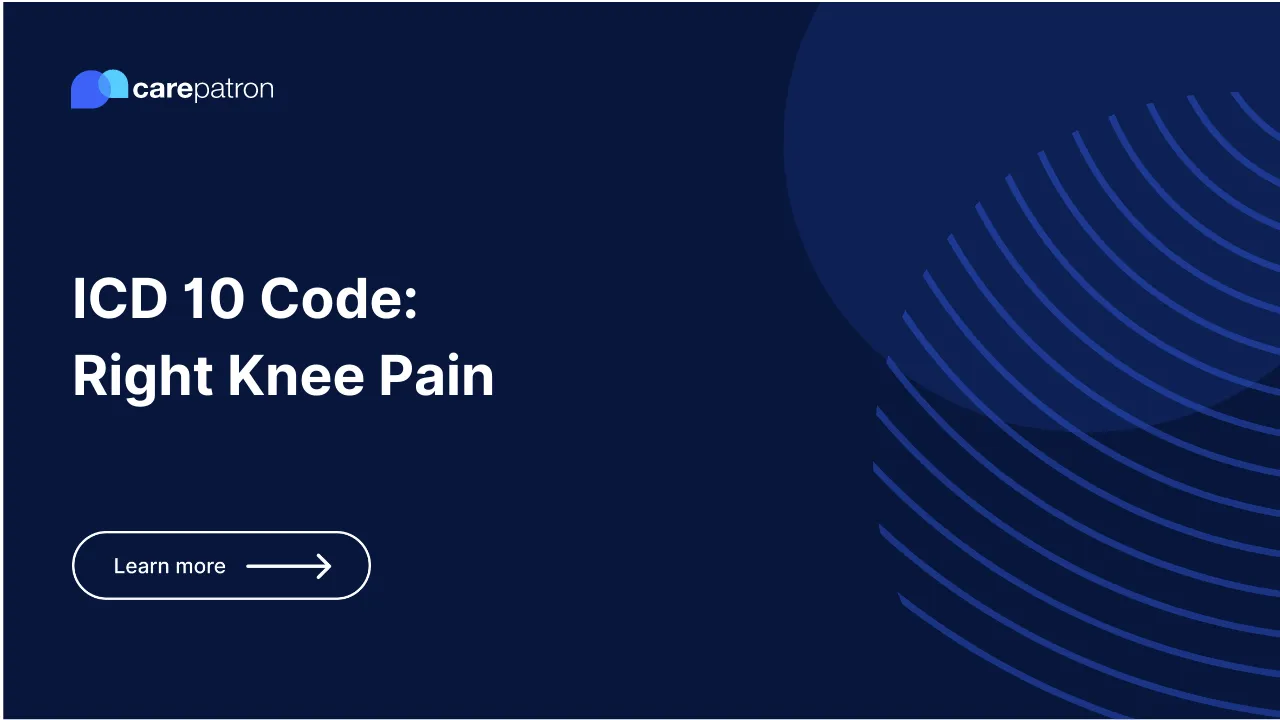M48.07 – Spinal stenosis, lumbosacral region
Comprehensive guide to ICD-10-CM code M48.07 - Spinal stenosis, lumbosacral region. Learn about its clinical implications, synonyms, and related codes.

M48.07 diagnosis code: Spinal stenosis, lumbosacral region
The ICD-10-CM code M48.07 denotes spinal stenosis localized in the lumbosacral region, where the lumbar spine meets the sacrum. This condition involves the narrowing of the spinal canal, potentially compressing the spinal cord and adjacent nerves, leading to symptoms such as lower back pain, leg discomfort, and mobility issues. Recognizing and accurately coding this condition is essential for effective diagnosis and treatment planning.
Is M48.07 billable?
Yes, M48.07 is a billable ICD-10-CM code. It is accepted by Medicare and other payers for reimbursement purposes, provided that the diagnosis is properly documented and substantiated with clinical evidence.
Clinical information
Spinal stenosis in the lumbosacral spine is often a result of age-related wear and tear, leading to degenerative changes such as disc herniation, osteoarthritis, or ligament thickening. These changes cause a narrowing of the spinal canal, exerting pressure on the spinal cord and nerves. Patients typically experience lower back pain, numbness, or weakness in the legs, which may worsen with prolonged standing or walking and improve with sitting or leaning forward.
Common clinical features:
- Lower back pain that worsens with walking or standing and improves when sitting or leaning forward
- Radicular pain radiating down one or both legs
- Numbness, tingling, or weakness in the lower extremities
- Reduced mobility and balance issues
- Neurogenic claudication, causing leg pain after walking short distances
- Bladder or bowel dysfunction in severe cases (rare but urgent)
Synonyms include
- Lumbosacral stenosis
- Spinal stenosis of lumbosacral spine
Other ICD-10 codes commonly used for spinal stenosis
- M48.00: Spinal stenosis, site unspecified
- M48.02: Spinal stenosis, cervical region
- M48.03: Spinal stenosis, cervicothoracic region
- M48.04: Spinal stenosis, thoracic region
- M48.05: Spinal stenosis, thoracolumbar region
- M48.06: Spinal stenosis, lumbar region
- M48.08: Spinal stenosis, sacral and sacrococcygeal region
- M48.9: Spondylopathy, unspecified
Commonly asked questions
Patients often experience lower back pain, leg numbness, muscle weakness, difficulty walking, or balance issues.
Treatment options include pain management with medication and physiotherapy for strength and flexibility, and in severe cases, surgical intervention may be recommended.
While it can affect people of all ages, spinal stenosis, lumbosacral region is more prevalent in adults over 50 due to the wear and tear on the spine.






.webp)
.webp)
.webp)
.webp)
.webp)
.webp)
.webp)
.webp)
.webp)
.webp)
.webp)
.webp)
.webp)
.webp)
.webp)
.webp)
.webp)
.webp)
%2520(1).webp)
.webp)
.webp)
.webp)
.webp)
.webp)
.webp)
.webp)
.webp)
.webp)
.webp)
.webp)
.webp)
.webp)
.webp)
.webp)
%2520(1).webp)
.webp)
.webp)
.webp)
.webp)
.webp)
.webp)
.webp)
.webp)
.webp)
.webp)
.webp)
.webp)
.webp)
.webp)
.webp)
.webp)
.webp)
.webp)
.webp)
.webp)
.webp)
.webp)
.webp)
.webp)
.webp)
.webp)
.webp)
.webp)
.webp)
.webp)
.webp)
.webp)
.webp)
.webp)

.webp)
.webp)
.webp)
.webp)
.webp)













.webp)
.webp)




.webp)

